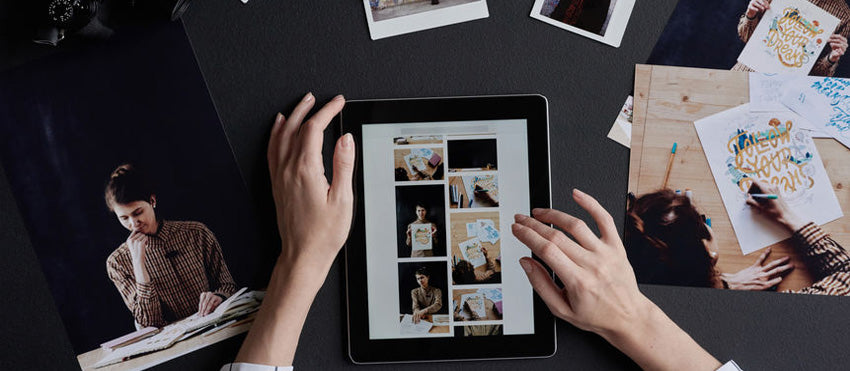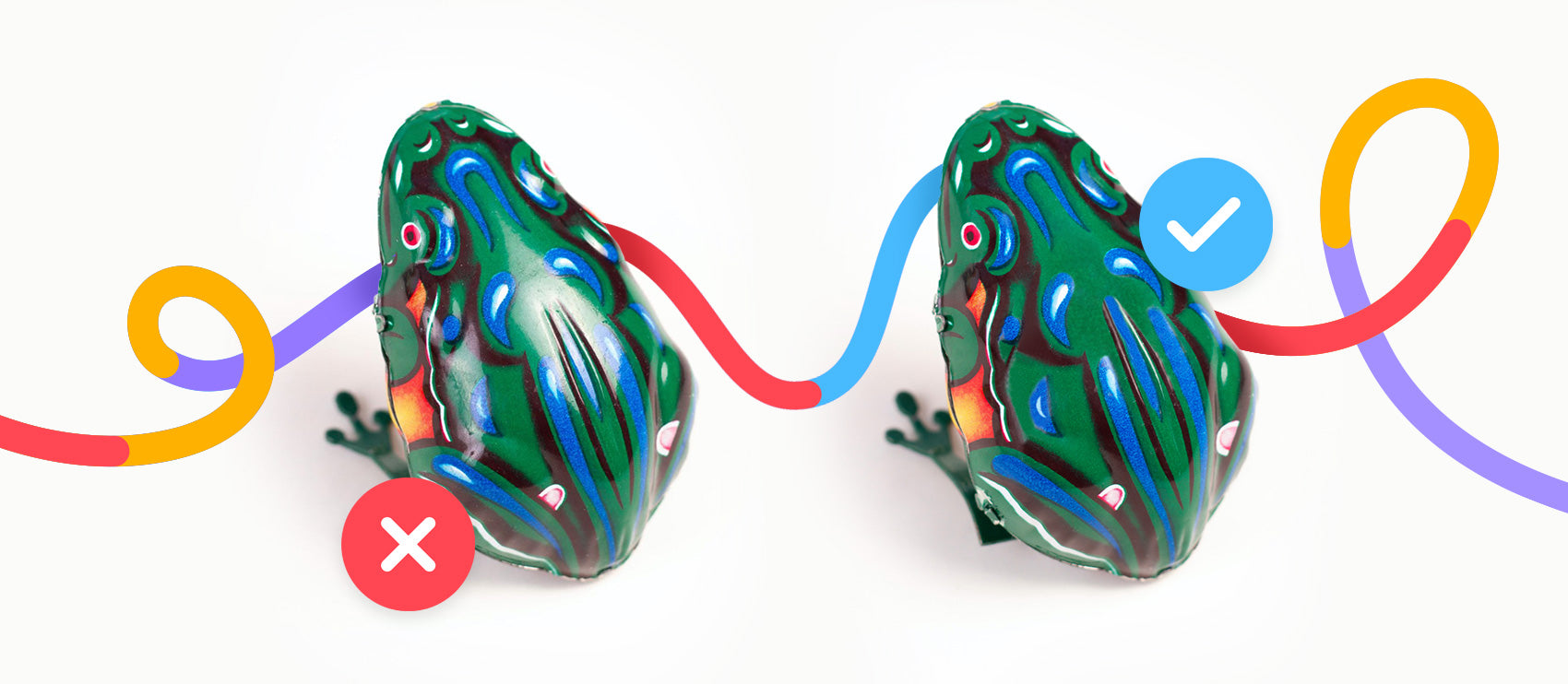In a world of FaceTune and Instagram, it’s hard to imagine a time we didn’t edit our photos to the nth degree with a few taps on a phone. It’s true, though — not too long ago, photos were edited in a much more enigmatic, alchemical process. That’s right, we’re talking about the darkroom.
If you’ve never hand-developed film or printed your photos “the old-fashioned way,” you probably don’t know what went on in that mysterious red room. Early photo editors did everything from head swaps to photo composites. Because the art of photo editing was so obscure, most people had no idea how such magic was achieved.
Now we’re long since past the days when the photographer’s darkroom used to be a chamber of secrets.
These days, the world has accepted photo manipulation as a coveted art form. Whether for commercial or personal purpose, editing plays an integral part in the photographic process. The advent of digital photography has played a major part in this. In the recent past, developers have handed us a magic wand in the form of photo-editing software. With the simple tools and techniques that these programs offer, anyone can turn to the art of image manipulation.
But the easiest photo editing software has only been around for 22 years. How did we edit photos before Adobe gave the world Photoshop? Simple: Before there was digital photo editing, we used darkroom manipulation.
What is darkroom manipulation?
Darkroom manipulation refers to a variety of photo editing methods used in a dark room. Believe it or not, with simple chemical processes and a few basic tools, we could dodge, burn, change exposures, mask, and even perform swaps and composites. It wasn’t actually magic — it was just part of the darkroom process.
The basic photo development process involved developing your own film in a chemical bath, and then using an enlarger to blow up your negatives and “print” them on photo paper. You would then fix your image in another chemical bath and hang them to dry — all without turning the lights on.

Because digital photo editing didn’t exist yet, photographers and photo editors found creative and unconventional ways to achieve the looks they desired using crude tools within the confines of the darkroom.
What is digital photo manipulation?
When it comes to photo editing in 2019, we’ve gone digital. Digital photo manipulation involves a lot of the same processes and effects as darkroom manipulation — like changing the exposure of a photo or creating a composite — but now, it’s all done on computer. We can achieve the looks we need without the bulky enlarger or stinky chemical baths.

These days, we can restore old photos and enhance new ones with programs like Lightroom and Photoshop. With a few clicks, we can easily remove unwanted elements and even completely remove the subject of a photo and add it to a new background. These techniques all serve different purposes, but the main goal is this: to create a perfect image.
Photo manipulation and modern techniques
So how do our modern techniques compare to those used in the past? In the early years, photographers would use simple techniques to enhance their photos. Now, though, humans take over 14 trillion photos a year, so cutting edge technology is needed to create the perfect stand-out results people want to see.
We use professional photo editing software like Adobe Photoshop to manipulate our images, and we can do everything from color enhancement to complicated composites. Best of all, if we’re not sure how to achieve a particular effect, there are tons of great tutorials to help us.
With digital manipulation, some of the effects we can achieve include:
- Clipping path / background removal / image masking: Draw attention to your subject by swapping or removing the background entirely.
- Color changing: Use this to create multiple variations of a product photo or get creative and change the color of just one element.
- Photo retouching: You can erase wrinkles and perfect fabric, skin tones, and more.
- Drop shadow: Give a 3D effect to an otherwise flat image with a simple drop shadow.
And this is just the tip of the iceberg. There are so many more tricks available it’s hard to remember a time when we couldn’t do these things. When it comes to editing your photos, the scope is as varied as the human imagination.
Just remember, your photo editing shouldn’t be deceptive at any point. Good visuals attract compliments. Fake pictures only earn bad press.
Is darkroom manipulation outdated?
With all this digital wizardry, you may be wondering if the darkroom has gone the way of the dodo.
In some circles, darkroom manipulation is still in practice! Though they are few in number, some artists still believe that the darkroom is indeed a chamber of secrets. These photographers and photo editors take the old methods and create magic out of them. In fact, most modern digital techniques have been picked up from darkroom techniques. The only difference is that digital photo editing is easier than darkroom techniques — no special expertise needed.
As we move further and further into the digital age, it seems like darkroom techniques will soon be nothing but a distant memory. Serious photographers should always appreciate their history, but digital techniques are the way of the future.
If you’re a photographer in need of photo-editing services, but you simply don’t have the time to DIY in the darkroom or in front of your monitor, consider making your life easier by outsourcing your editing. Path has services to fit all your photograph editing needs — simple or complex, we can do it all.





